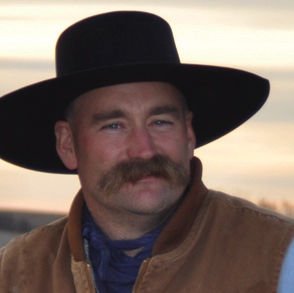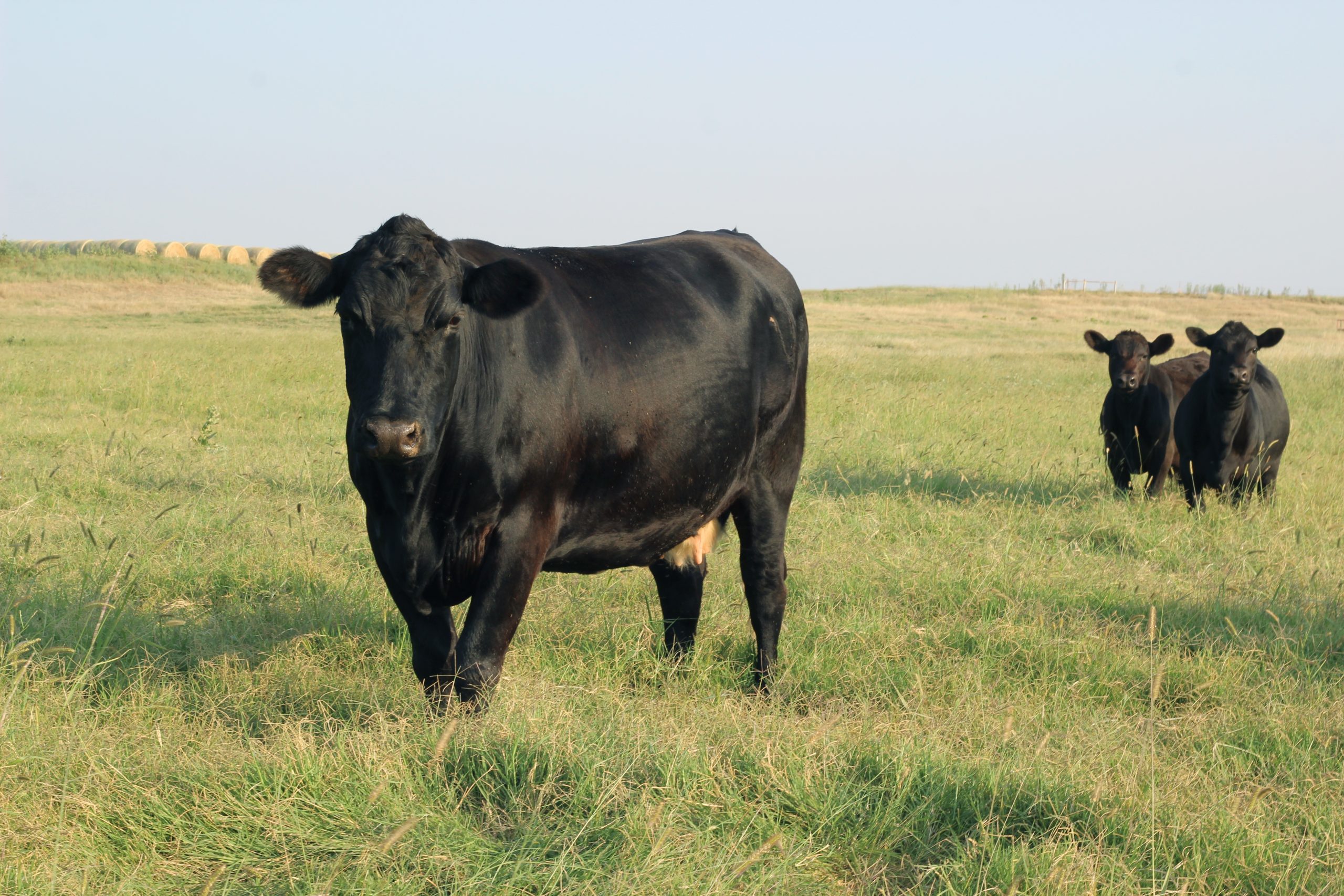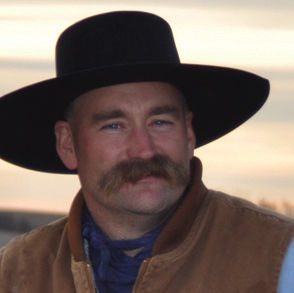As the harvest season shifts into high gear throughout the heartland, despite the challenges Mother Nature brought in 2023, we once again see that United States farmers can excel. There was a limited amount of moisture throughout the entire Corn Belt and yet when we hear about excellent yields, it can be really hard to get your head around the constant notion that food scarcity is real around the world.
The basis for the food challenge is primarily driven by policy not by the lack of farmer capability. Whether policy is the key driver or not, there is one Achilles heel in the food system that few talk about: food waste.

When you start looking into the amount of food waste in our country and around the world, it is mindboggling. FeedingAmerica.org reports that we waste 119 billion pounds of food per year in the U.S. That equates to 20 pounds per person, per month. We could feed 25 million people with the food that is thrown away. This amounts to about $408 billion in waste. Of that total, 39% comes from food wasted in homes. The balance is primarily lost in the commercial sector, with a small portion lost on the farm.
The World Food Programme at wfp.org reports that food waste from the developed world goes into landfills which then produce greenhouse gases. The quantity of those gases, over 3 billion tons, would be equivalent to that of the third largest country in the production of these emissions, just behind the U.S. and China.
While I don’t think that greenhouse gas emissions are a bad thing because they feed plants, the whole new “green energy” movement wants to base all their decisions on emission levels. If it were truly about reducing greenhouse gas emissions, then finding the solution for food waste and loss would be the best money spent. If we think about it, we already have the answer; it is called livestock agriculture.
I often talk about the tremendous value of the ruminant animal in eating forages and forbs from land that cannot otherwise be used in food production. Cows then upcycle that cellulose material into nutrient dense protein for humans. Over 70% of world land mass is not suitable for growing food for humans but animals are there to convert.
In the U.S. alone, 75% of all food waste goes into landfills. Why? Our nation’s history has been linked to feeding food waste to livestock. This is not only a U.S. issue. A report generated recently in Europe indicated that if food waste could be recycled and fed to
livestock it would be the equivalent of eliminating 1.8 million hectares from the food system.
Science Direct has posted a study about the true feasibility of this in a report:
According to Refed.org, manufacturing byproducts are not included in the food waste estimates in the U.S. On the other hand, consumption-stage food waste, being the largest waste stream generated in the food chain, presents the greatest challenge. Its recovery and treatment for animal feeding has a tremendous significance, given its magnitude and the limitations of other management options.
The reality is that there is not a concerted effort to stop this problem. The true success of modern livestock production is the efficient conversion of the least amount of feed into the greatest amount of human consumable protein. With that said, it is very conceivable to me that with a small investment we could recover so much food waste, process it, perform nutrient analysis, and incorporate it into more livestock diets.
Livestock represent the true form of green energy—they are the ultimate recyclers in their ability to improve planet and human health. Let’s ramp up our upcycling efforts, using livestock to make use of that food waste, and make sure we do everything we can to reduce the number of hungry people in this country.
Editor’s note: The views expressed here are the author’s own and do not represent the views of High Plains Journal. Trent Loos is a sixth generation United States farmer, host of the daily radio show, Loos Tales, and founder of Faces of Agriculture, a non-profit organization putting the human element back into the production of food. Get more information at www.LoosTales.com, or email Trent at [email protected].

